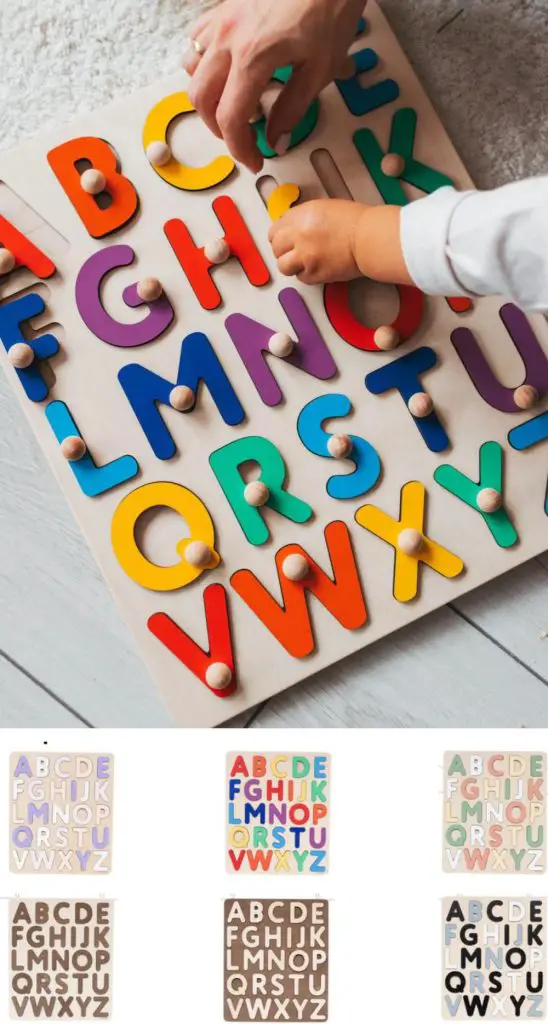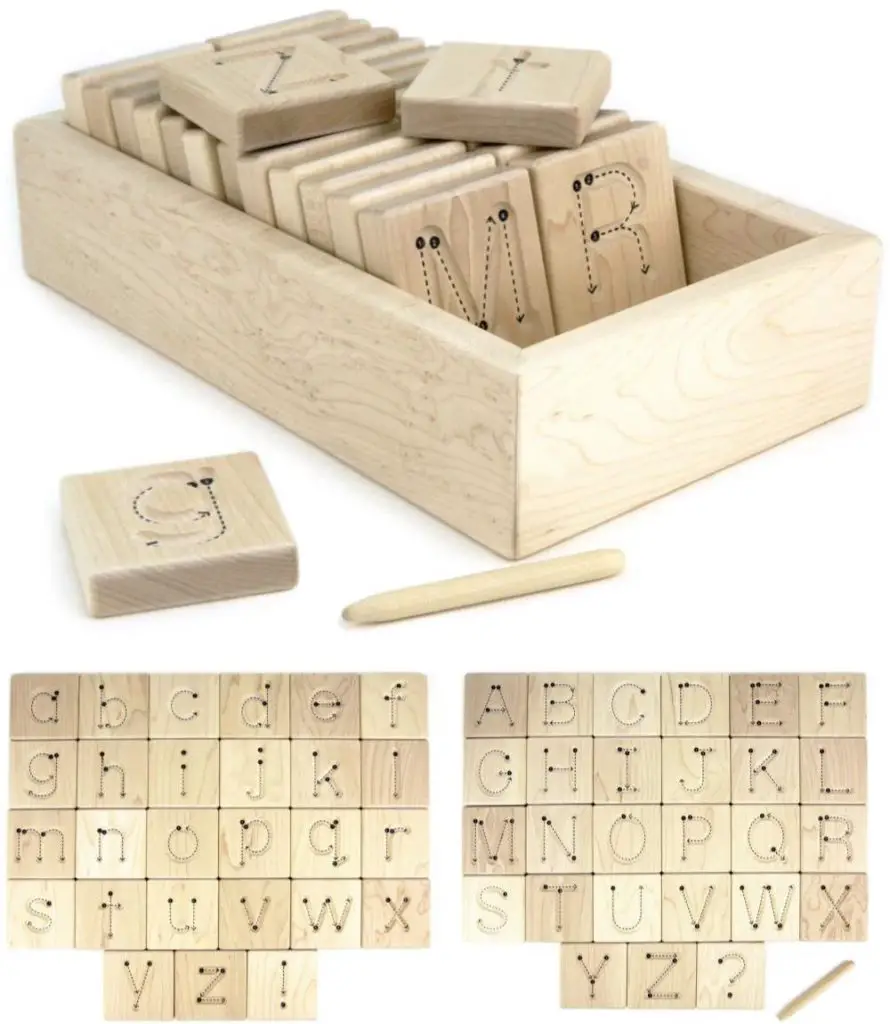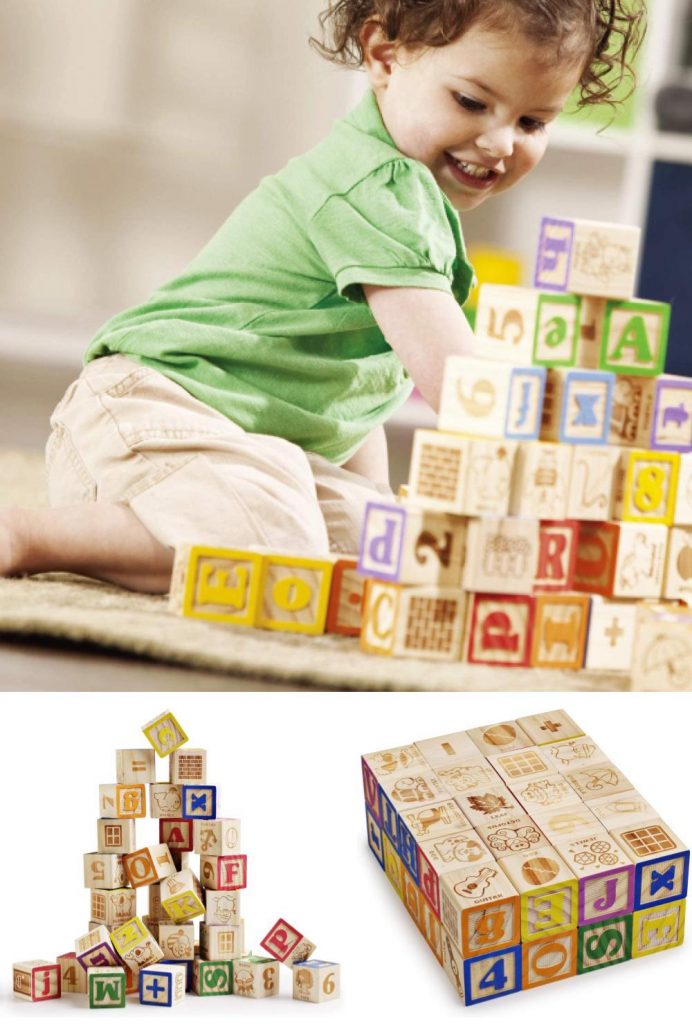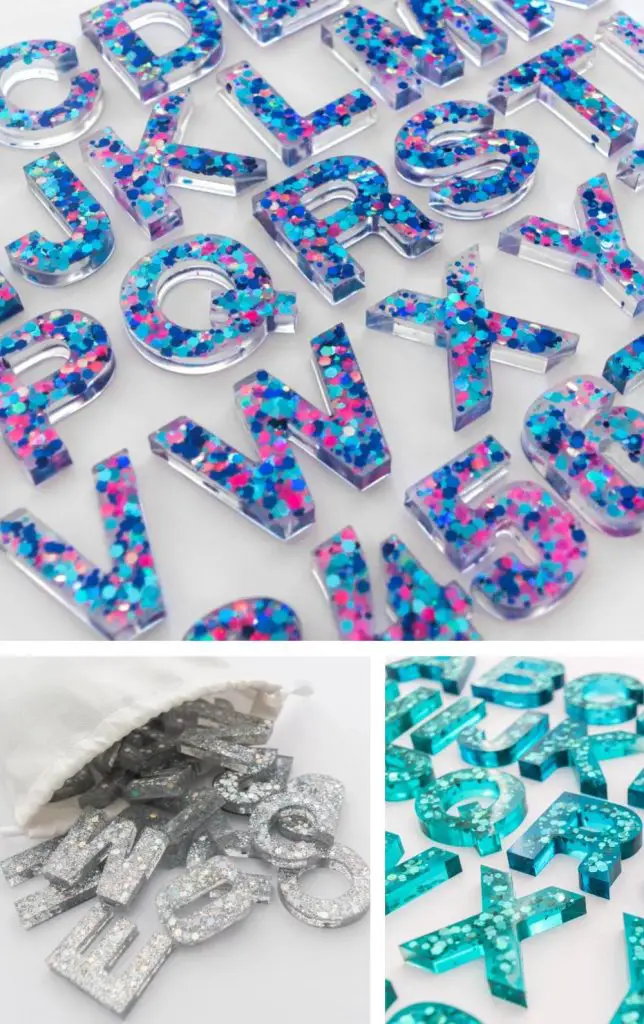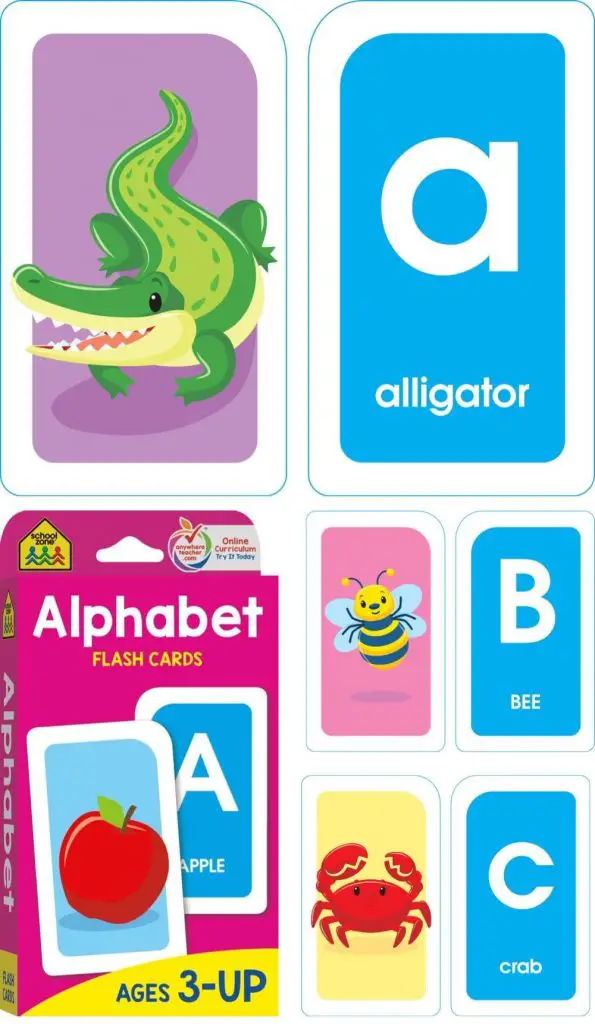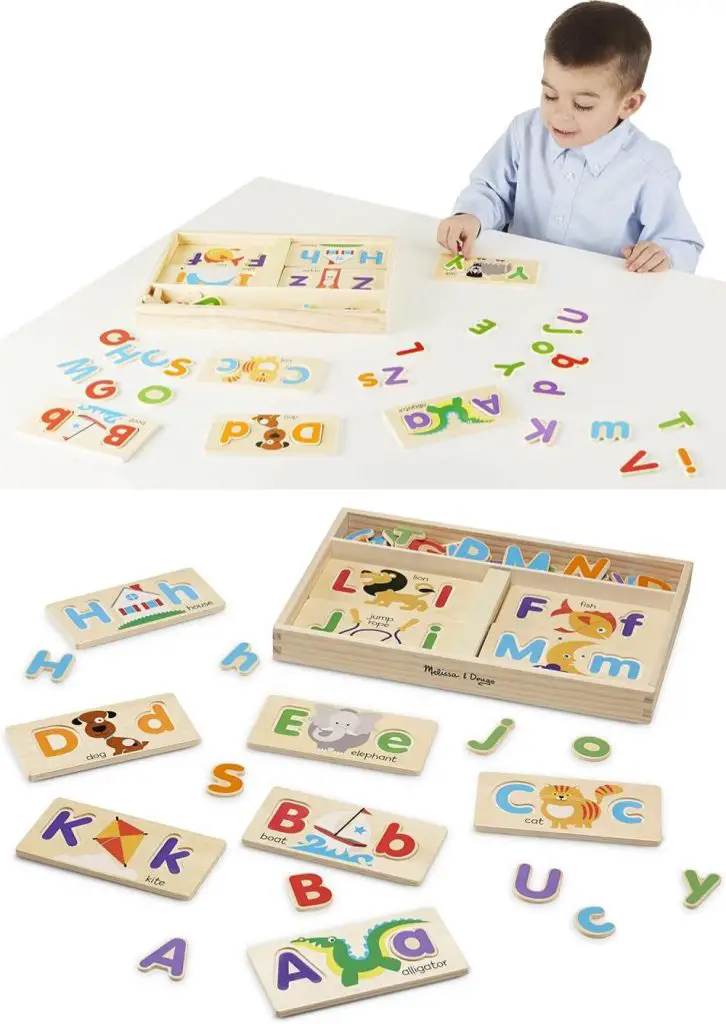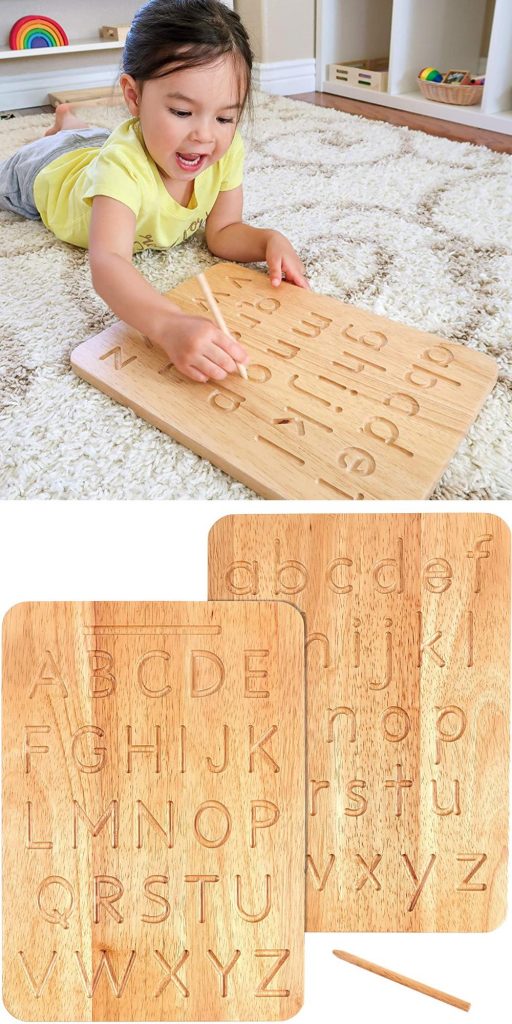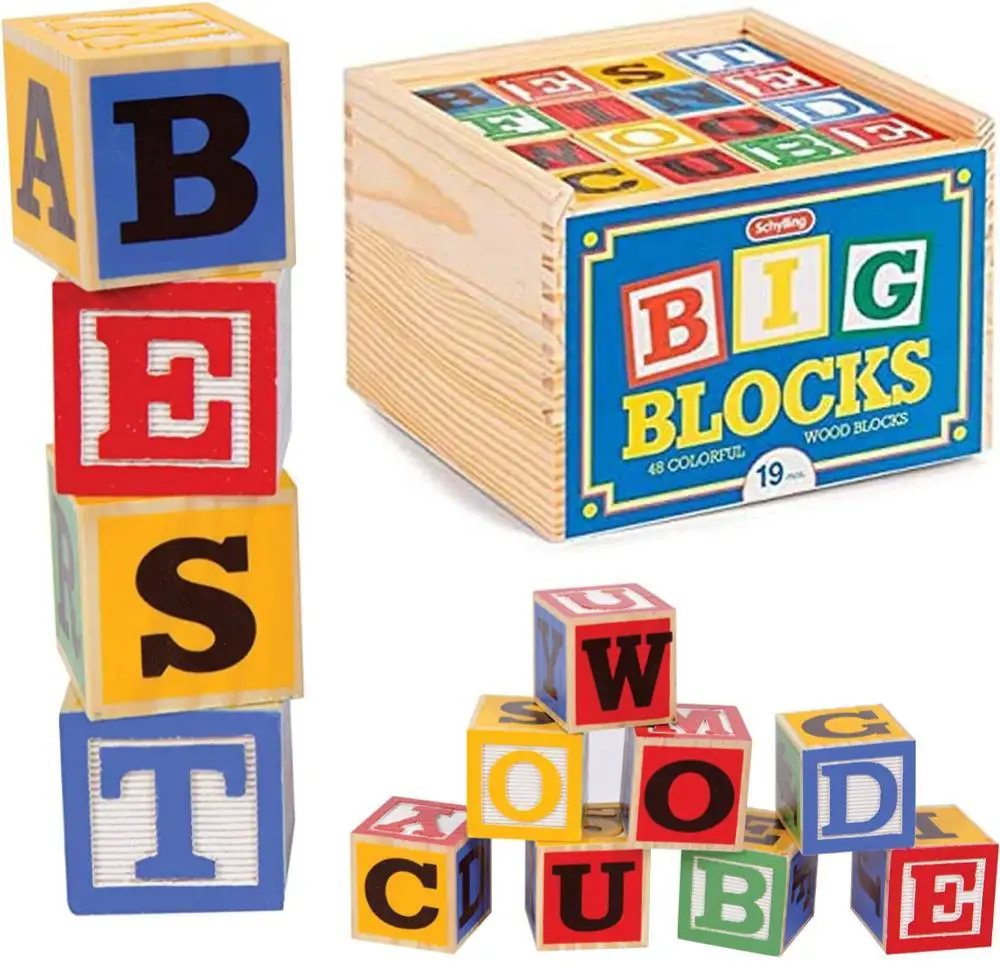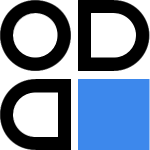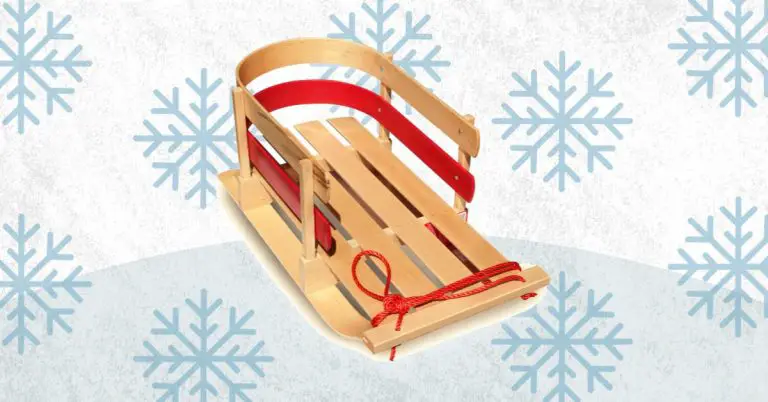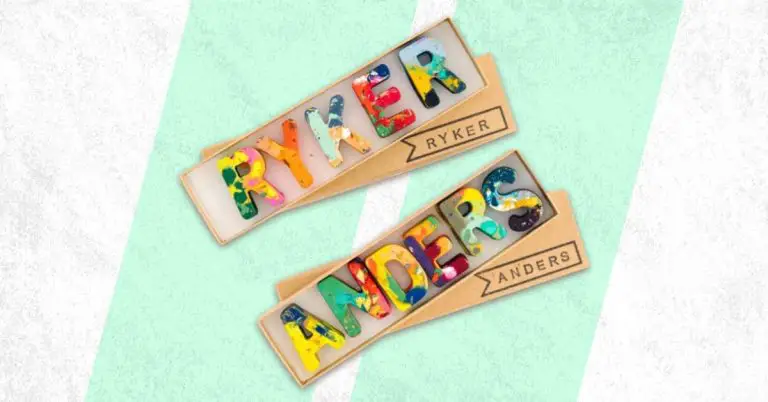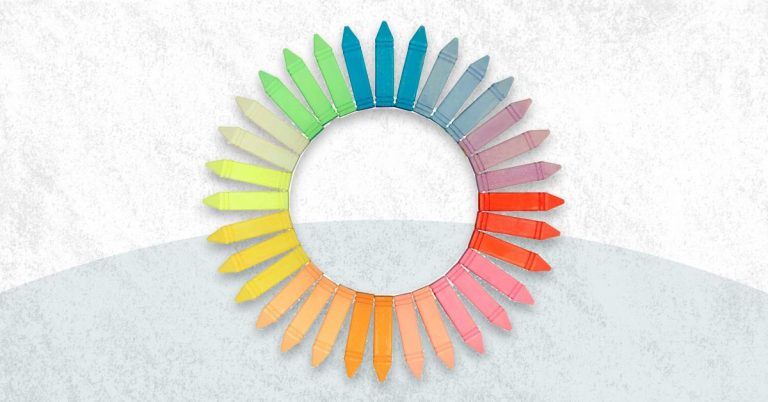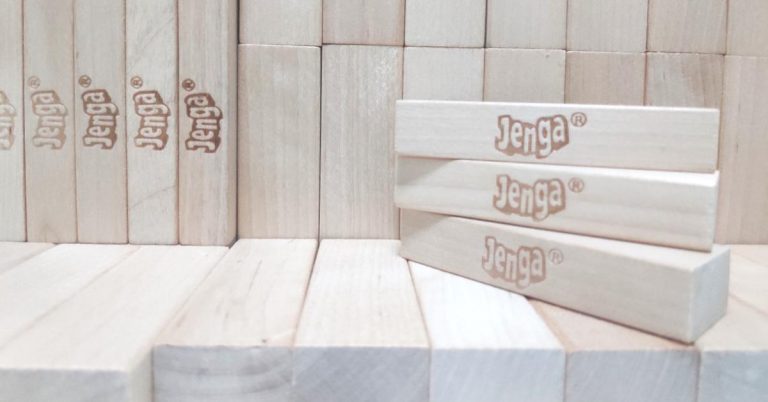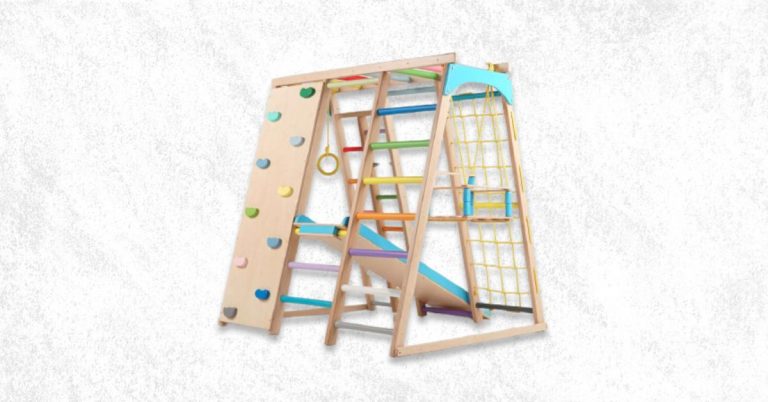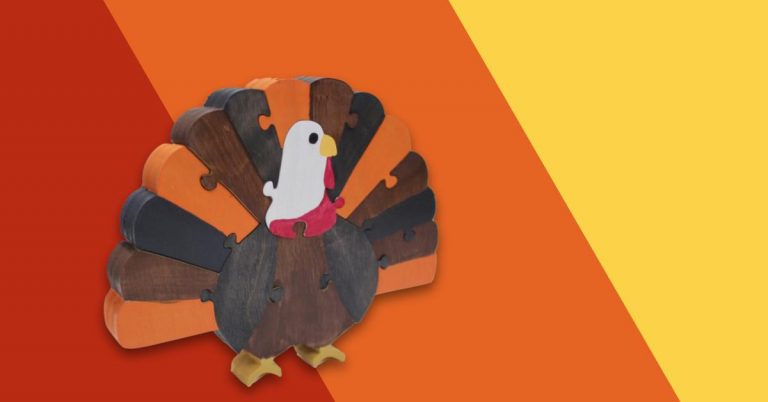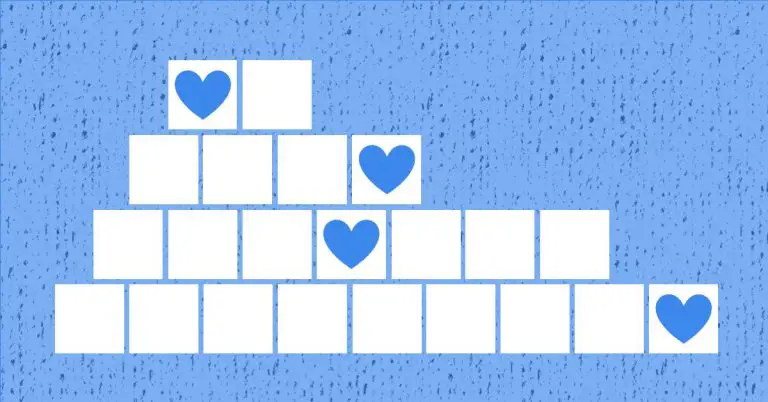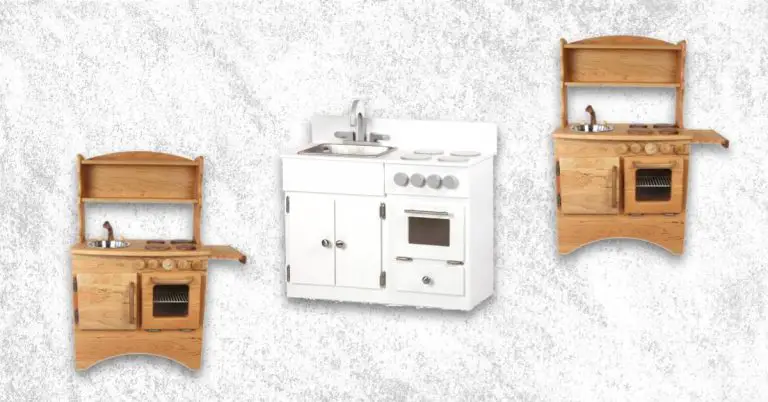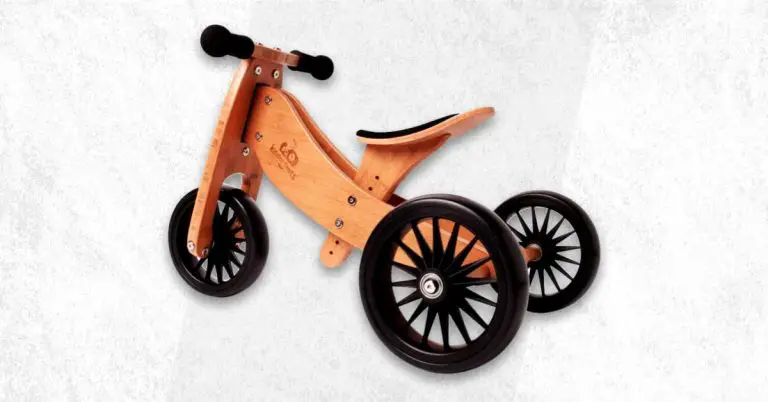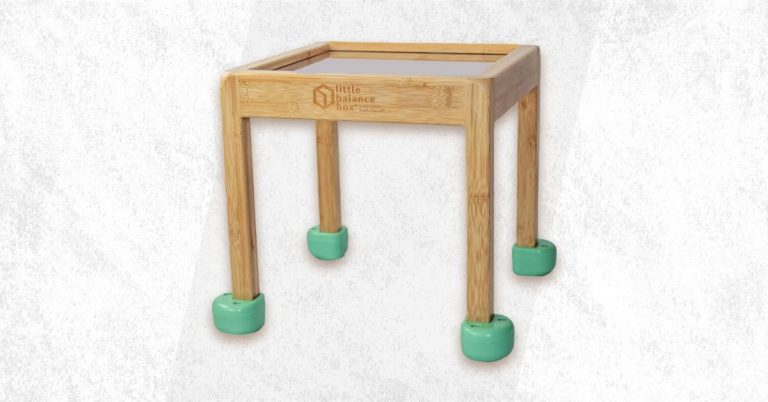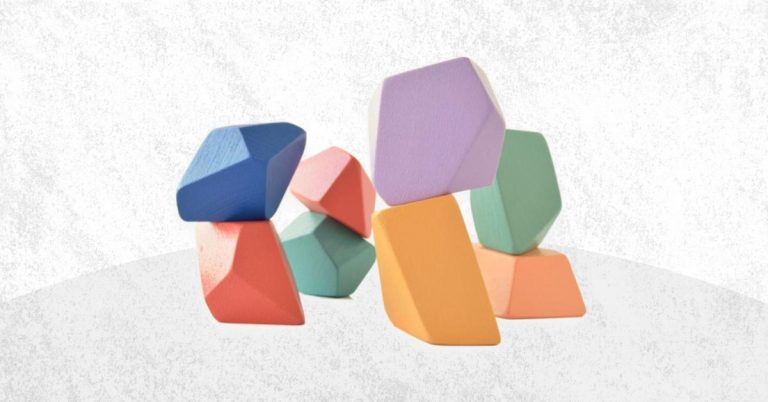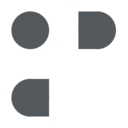Learning the letters of the alphabet could very well become your preschooler’s favorite new play activity.
Lets skip those over-stimulating light-up letter toys, and opt for smart open-ended play materials that encourage children (3-4 years old) to make brain connections from A to Z.
Age-appropriate, hands-on letter learners for the home, daycare, or classroom? They’ll be reading and writing in no time — literally literate!
Affiliate Link Disclosure – If you see a product you like and click through to buy it, I would genuinely appreciate it. I may earn a small commission — at no extra cost to you. It would mean a lot, thanks!
Best Play Toys for Preschoolers (3-4 Years) to Learn Letters
- (01) Coogam “Correct Stroke Order” Wooden Letters Tracing Practice Board
- (02) Woodinout Montessori Alphabet Tracing Board with Stylus (Uppercase A-Z)
- (03) Busy People Wooden Rainbow ABC Puzzle for Babies, Toddlers & Preschool
- (04) Coogam “Hidden Word + Picture” ABC Letters Wooden Jigsaw Puzzle Board
- (05) WATINC Preschool-Size Alphabet and Numbers Felt Board Story (Wall Display)
- (06) Gladfolk Premium Maple / Walnut Hardwood Alphabet Blocks in Canvas Carry Bag
- (07) Everwood Friends Uppercase / Lowercase Double-Sided Maple Letter Tracing Tiles
- (08) On Wood Solid-Wood Flip-Sided Montessori ABC Letters Tracing Board
- (09) SainSmart Jr. Large Preschool Alphabet Building Blocks (40 Cubes)
- (10) BLOX Co. “Modern Hue + Texture” Resin Alphabet Sensory Letter Learner Set
- (11) Purple Hippo Books “3D Glitter Epoxy Resin” Sensory Learning Letters
- (12) Carson Dellosa “Associative Sound Recognition” Alphabet Flash Cards (Deck of 54)
- (13) School Zone Classic Letter-Picture Cardstock Alphabet Memory Cards (Deck of 56)
- (14) Deco Play Baby Contemporary Eco Felt Plush Preschool Letters
- (15) Aesthetics by Lanor Ronée Handcraft Specialty Resin ABC Block Letter Sets
- (16) Gamenote Classroom Magnetic Plastic Letters Spelling Box Kit (234 Magnets)
- (17) Melissa & Doug Double-Sided ABC Picture Boards for Photo Memorization
- (18) Three Wood Shop English BigCase / SmallCase Letter Tiles with Special Tray
- (19) Montessori & Me “Toddler to Preschool” Big Reversible Wood ABC Tracing Board
- (20) Schylling “ABC Big Blocks” Large Baby / Toddler Wooden Blocks (48 Count)
(01) Coogam “Correct Stroke Order” Wooden Letters Tracing Practice Board

This wooden board is a good way to introduce the alphabet to young children between 3 to 5 years old, because although as adults we recognize what the letters are, for children the understanding will be of many lines in different directions. It has a double-sided design, one side shows the uppercase letters and the other side shows the lowercase letters.
As the letters are engraved, it includes a wooden pencil for children to imitate the stroke, thus, developing hand-eye coordination, to control the movement of the hand thanks to the guides of the letters, and muscle memory to write, recognize and memorize the alphabet. If you want to teach Montessori style, we can ask the child to follow the stroke of the letter with his fingers, that movement, gradually generates a muscular understanding that when picking up the pencil, it becomes easier to write and recognize the letters.
The size of the board is 8.3×0.4×6.3 inches and the wood is non-toxic and safe for children.
(02) Woodinout Montessori Alphabet Tracing Board with Stylus (Uppercase A-Z)
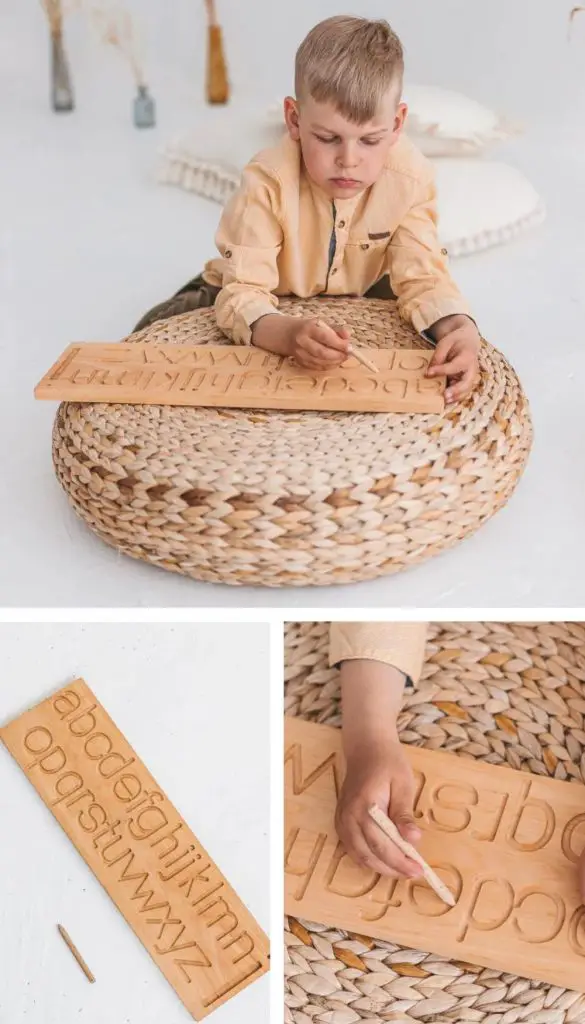
The tracing alphabet allows to facilitate the knowledge of the letters in a more didactic way than the traditional methodology. This resource is widely used in Montessori and Waldorf classrooms, because it proposes the trace without writing, as a method of muscle awareness, and then move to paper and capture the letters.
This board includes the letters of the alphabet in capital letters with movement guide, is handmade with birch wood and ecological paint, and measures 19.5 * 6 inches.
The wooden pencil fits perfectly in the hands of young children, ages 3 to 5 years old.
(03) Busy People Wooden Rainbow ABC Puzzle for Babies, Toddlers & Preschool
Puzzles are a great tool for children to practice hand-eye coordination, memorization and logic. In this case, an alphabet puzzle teaches them the correct form of the letters, their location and shape. They will play to organize figures, but their mind will gradually recognize that they are the letters, and then that corresponds to the alphabet. It is a material that can be presented from two years as a puzzle, and depending on the interest and evolution, it is reinforced between 3 and 5 years.
The board is made of natural wood, handmade and with letters in bright colors simulating a rainbow. The size of the board is 14.7*12.4 inches, and each letter is 1 inch in diameter, protruding a little more from the board to facilitate the grip of young children.
(04) Coogam “Hidden Word + Picture” ABC Letters Wooden Jigsaw Puzzle Board
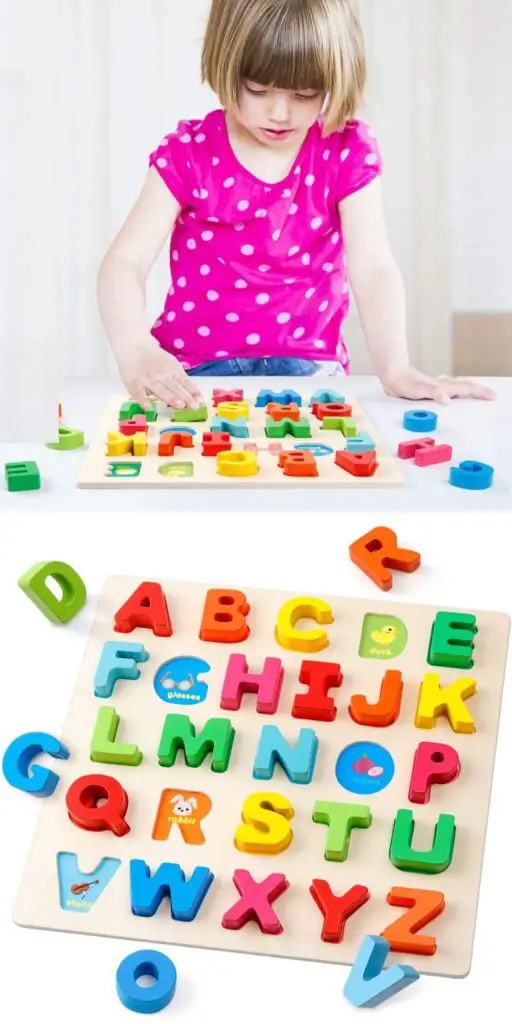
The mix of a puzzle with the letters of the alphabet and representative illustrations in the background of each piece of the board, seems to me a super interesting resource to bring the little ones to the fantastic world of letters. This board has fun colors, and each letter is thick enough (0.6in) for children between 2 and 5 years old to practice with it. The size of the board is 12.2*12 inches. For example, if we take the letter R out of the board, we will see the illustration of a rabbit inside, so the child can associate a person, animal or thing with the letter in question.
An advantage of this board is that it can be kept in a vertical position on a table, so that children have different ways of fitting or unfitting the letters.
(05) WATINC Preschool-Size Alphabet and Numbers Felt Board Story (Wall Display)

Having a colorful board with the alphabet, the symbols of mathematical operations and numbers, on a wall of the house, can be of great interest to children and facilitate the process of reading and writing. A felt structure that hangs on the wall with 4 points, and all the contents in vibrant and fun colors that can be attached and detached through a Velcro system that includes each letter. It is a variation of a traditional chalkboard, more interactive with children and can be used in different ways. For example, to teach the difference between upper and lower case letters by visualization, to remove letters and ask them to order them accordingly, to say the sound of the letter when pointing at it, to solve a small mathematical operation or to put together their name with the different letters included.
The set includes 146 pieces, measures 10.24*10.24*2.36 inches, and is suitable for ages 2 to 6 years old.
(06) Gladfolk Premium Maple / Walnut Hardwood Alphabet Blocks in Canvas Carry Bag
Gladfolk on Etsy (Maple, Walnut)
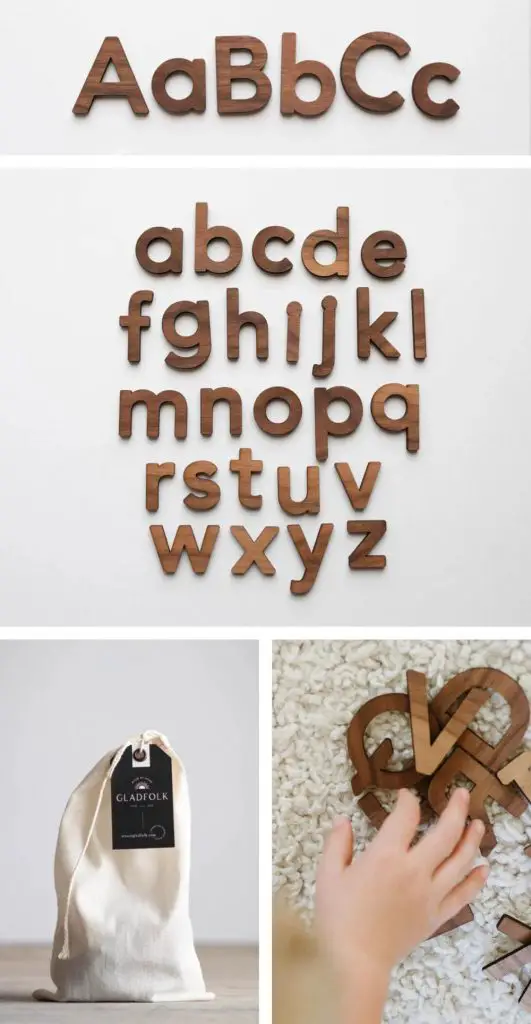
This set of wooden letters with the entire alphabet in uppercase and lowercase can be ordered in both maple wood and walnut wood. It includes the letters in a friendly format that adapts to small children because of the size and rounded edges to avoid injuries. With this alphabet you can play to relate the uppercase and lowercase letters, present them in alphabetical order, make the sound of each letter when you pick it up, identify individual letters, and when they are larger, even form words or their name.
They come in an eco-friendly cloth bag, the letters are very lightweight and each one measures approximately 2.25 inches and 0.2 inches thick.
(07) Everwood Friends Uppercase / Lowercase Double-Sided Maple Letter Tracing Tiles
This alphabet on individualized wooden boards is a great resource for children ages 3 and up. Each tile contains an uppercase letter on one side and a lowercase letter on the other. It includes a guide on each letter so that you can follow the line with your fingers or with the wooden pencil included in the set. It is a good resource to practice among several children, because it encourages cooperative and comparative work, since each one will have a group of letters. The whole set is handmade with maple wood, and in addition to including the letters, there are mosaics with exclamation and question marks to give different meanings to the words that are formed.
The size of each board is 2-3/4″ x 2-3/4″ x 11/16″ and if desired, you can order an additional wooden board that will allow children to organize the alphabet in the correct order.
(08) On Wood Solid-Wood Flip-Sided Montessori ABC Letters Tracing Board
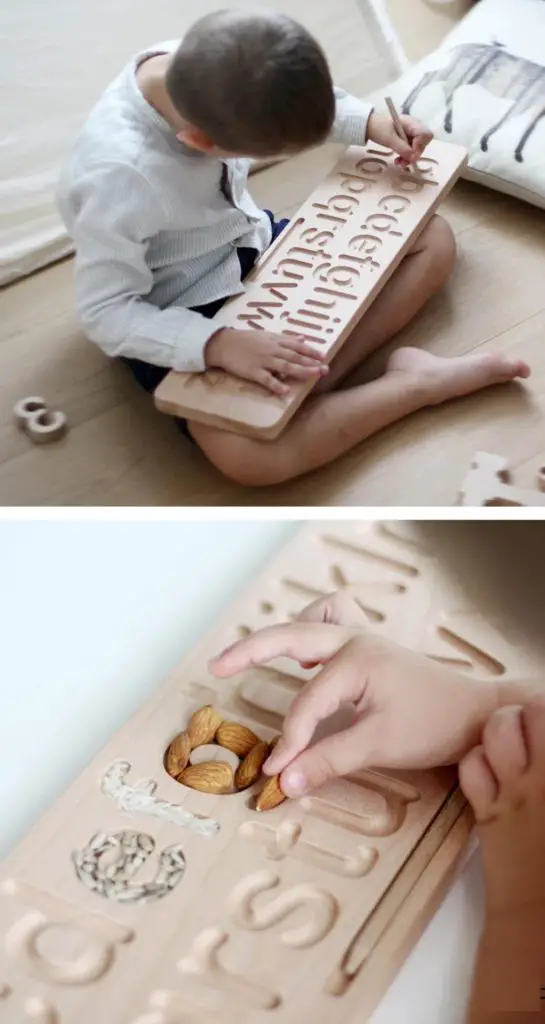
If you are looking for an alphabet board with large scale stroke sequence this is a very good choice. The size of the board is 59x15x2 cm/23.2×5.9×0.78″, made of beech wood, and handmade. This type of resource in addition to allowing the tracking of the letter with your fingers or with the wooden pencil that comes included, being of large size, you can raise the child to fill the holes with some seed to see the shape of the letter in another style, they can practice the line lying on the floor comfortably, or even hang it on the wall and serve as decoration and review in the children’s room. Also with practice it allows to develop fine and gross motor skills, hand-eye coordination, and sequential learning of all the letters.
It can be ordered with uppercase letters on one side, lowercase letters on one side or a double-sided board with a combination of both types of letters.
(09) SainSmart Jr. Large Preschool Alphabet Building Blocks (40 Cubes)
Wooden blocks with the alphabet, numbers and illustrations are one of my favorite resources for children, because it is an all in one. It allows them to stack them when they are just babies, make big towers when they are about two years old, serve to identify and classify colors, and when they reach the stage of 3 years old, introduce the letters of the alphabet and numbers. It is undoubtedly a material that accompanies the child’s growth for several years.
This set includes 40 pieces of pine wood blocks imported from Australia. The cubes measure 8 inches and only come in colored letters for easy visualization, the rest of the elements are engraved in wood color. It allows children to develop balance, fine motor skills, problem solving, knowledge of numbers and alphabet, color relationships, word formation, among other benefits.
(10) BLOX Co. “Modern Hue + Texture” Resin Alphabet Sensory Letter Learner Set
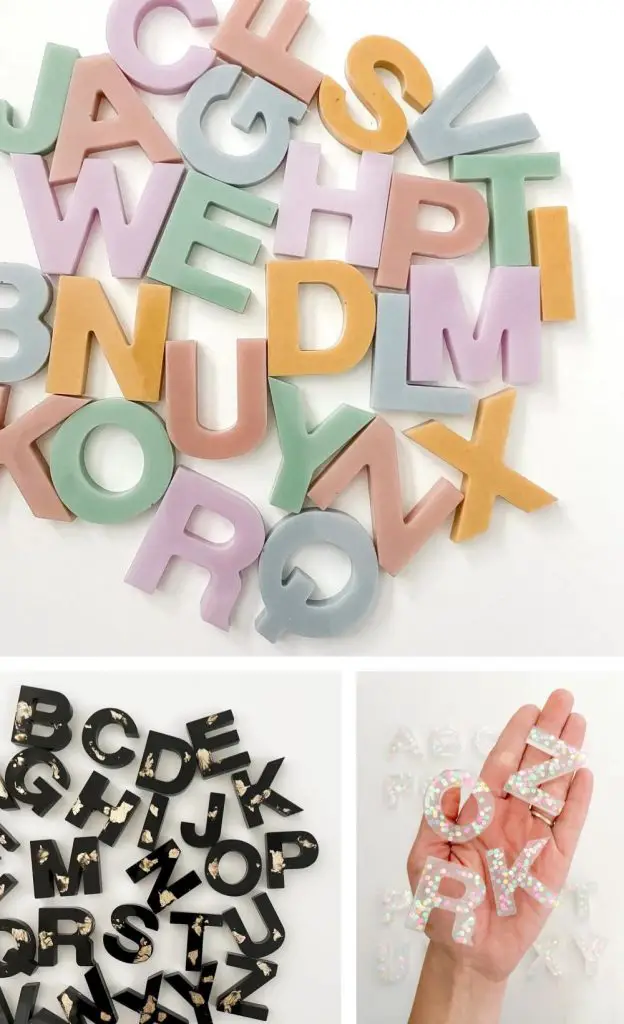
A sensory alphabet made of resin so that children can touch, play and mold each letter, I find it a very interesting and useful resource. The BLOXXco brand has more than 50 different designs of resin alphabets, 100% handmade. From the classic white color, to alphabets with glitter and different materials to make the sensory experience unique and playful.
Each letter measures approximately 1.5″ high, 1.85″ wide and 1/4″ thick, the set includes all 26 uppercase alphabet letters and can be ordered in magnetic and non-magnetic formats for sensory play.
The brand also sells an additional, leather cloth with the alphabet print, so children can practice pairing and following the chronological order of each letter.
(11) Purple Hippo Books “3D Glitter Epoxy Resin” Sensory Learning Letters
If your kids love anything with glitter, these sensory alphabets can really catch their attention. The PurpleHippoBooks brand has more than 7 models of capital letter alphabets to choose from. These sets are great for different sensory activities in water, in sand, with play dough or simply on a workbench.
By approaching the alphabet as a fun game, they will learn the alphabet without realizing that they are learning such an important aspect as word formation. Each letter is 1.5 inches high, and all the ends are sanded so that there is no danger to the little ones. It can be introduced to children from 2 and a half years old.
(12) Carson Dellosa “Associative Sound Recognition” Alphabet Flash Cards (Deck of 54)
Specifically designed for preschool to kindergarten aged kiddos, each card in this ABC flashcards set includes 1 letter and an associative image like “E for Elephant” or “R for Robot”. 54 cards is comprised of 26 uppercase cards and 26 lowercase cards — adding a whole other level letter discernment and categorization.
At over 5 by 3 inches for easy handling, these kid-sized cards are larger than a normal deck of playing cards.
(13) School Zone Classic Letter-Picture Cardstock Alphabet Memory Cards (Deck of 56)
Flashcards are an excellent resource for introducing phonics, associating pictures to letters and as a memory resource. This type of tool allows children to learn phonics and learn to connect the sounds of the letters with the descriptive objects that each letter brings.
This set of 56 cards comes with a user manual, so that parents and teachers have many different resources and activities to teach children. All cards are made of glossy cardboard, large enough for children ages 3 and up. It contains uppercase and lowercase letters, in separate letters, so that each uppercase letter has its descriptive element as well as the lowercase letters. Without a doubt a very good set of letters, which can be taken on a trip or in a bag.
(14) Deco Play Baby Contemporary Eco Felt Plush Preschool Letters
Felt letters are a classic that will never go out of fashion, and even less so if they have designs and quality as beautiful as those of the DecoPLayBaby brand. They manufacture alphabet sets in upper and lower case with different color shades. The entire set is handmade, hand felted and filled with hypoallergenic cotton. Each letter measures 2.5 inches, so they are perfectly manipulable by children from 3 years old.
You can teach the alphabet, the order of the letters, to form words, to follow the shape of the letter with the hands, to order them on a mat with the alphabet previously drawn. The truth is that it can be used for many activities.
(15) Aesthetics by Lanor Ronée Handcraft Specialty Resin ABC Block Letter Sets
This brand has many themed models for your choice of alphabets in resin material. They can be ordered in upper and lower case letters, and each letter is approximately 1.75 “x1.75 “x0.5” in size. Additionally they sell a leather alphabet mat printed with the alphabet for children to match each letter (may be included as a gift depending on the model chosen).
The resin letters allow sensory play, free play, movement, and encourage a lot of curiosity in children, which makes them grasp the meaning of the alphabet much faster because of their shape.
All sets are handmade, include a carrying bag and soft letters with rounded corners to avoid injury to children.
It is intended for use in children over 3 years old.
(16) Gamenote Classroom Magnetic Plastic Letters Spelling Box Kit (234 Magnets)
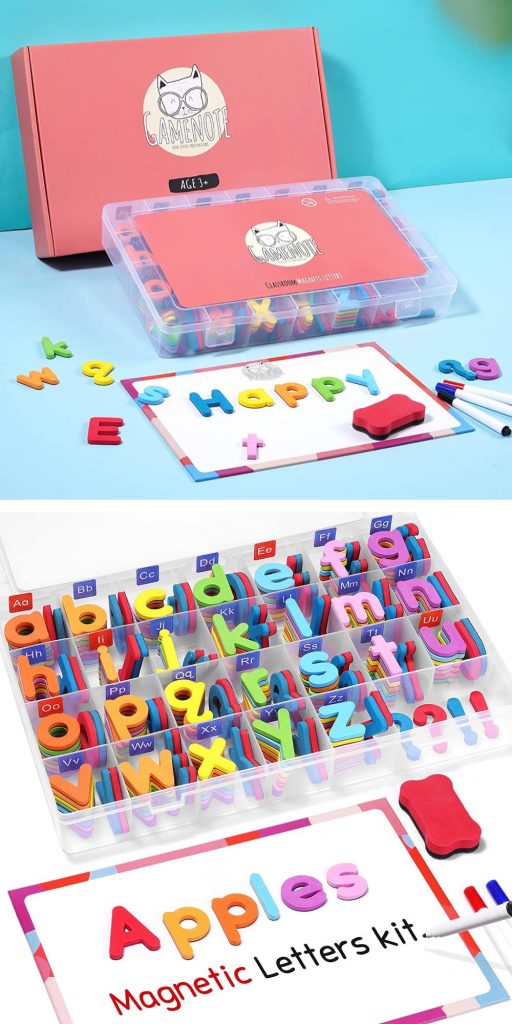
This set of magnetic foam letters is intended to be implemented in children’s classrooms, although it can be purchased for personal use with children at home.
It features 234 letters, including 182 lowercase letters, 52 uppercase letters, 1 double-sided magnetic board (11.3 x 7.9 inches), 3 whiteboard pens (red/blue/black) and 1 eraser. Can be presented to children on the small whiteboard, or directly on the classroom whiteboard, because each letter has a magnetic backing that allows it to stick to any metal surface. The letters come in bright colors, making it easier for children to visualize. This set is suitable for children between 4 and 12 years old.
We can use it to teach the alphabet, to teach phonetics, to build words, to segment vowels and consonants, to form sentences… It has many uses for the classroom.
At home you can stick them on the fridge and ask the children to form sentences, or to imitate the shape of the letters on the blackboard. It is a very complete resource.
(17) Melissa & Doug Double-Sided ABC Picture Boards for Photo Memorization
A mix between puzzle, memory, element association and individual wooden alphabet. The Melissa & Doug cards are a super complete and great resource for children ages 4 to 6.
The set includes 13 double-sided wooden boards with colorful letters, uppercase and lowercase letters, illustrations related to each letter, which can be sorted into animals, places and objects, and also the shape of each letter to insert into the wooden boards.
There are many ways to play, it encourages hand-eye coordination, fine motor skills, memory, association, phonics practice and cooperative play if desired.
(18) Three Wood Shop English BigCase / SmallCase Letter Tiles with Special Tray
In the best montessori teaching style is this set of alphabet letters with word description letter for each letter. The whole set is handmade with precious wood in a natural tone, carved alphabet letters and non-repeating words on the back (5 words per letter). It can be ordered in uppercase, lowercase, with the word cards or the cards separately. You can also include a wooden stand to insert each board and display the letters vertically.
I would recommend this set for children between 5 to 7 years old, who are at the stage of beginning to read, so they can take advantage of the vocabulary that brings printed each letter.
(19) Montessori & Me “Toddler to Preschool” Big Reversible Wood ABC Tracing Board
Montessori methodology promotes children’s learning through tactile tools, and this double-sided alphabet board with uppercase and lowercase letters is an example of that. Each group of words comes with its own guide for tracing with your finger or with a wooden pencil included with the board. Initially you must raise the stroke with your fingers, and then the use of the pencil to start with the posture of the fingers and muscle memory. It also allows the development of visual memory, due to the sequence of the alphabet.
This board is made of ecological wood, and has more than 1/2 inch thick, which allows great durability. The board measures 14.13 x 9.72 inches and can be presented to children as young as 3 years old.
(20) Schylling “ABC Big Blocks” Large Baby / Toddler Wooden Blocks (48 Count)
Building blocks are a resource that every child loves. This set combines the fun of stacking blocks with the faces of the uppercase alphabet letters. Its bright colors make it a real eye-catcher for children, and allows them to quickly recognize colors and letters.
Each block is a sturdy 1.7 inches in size, suitable for children between 19 months and 5 years. It is presented as a developmental toy. Contains 48 wooden blocks, with non-toxic paint and durable, drop-resistant finish.
For storage it has a wooden box, which makes it easy to keep the toy and promote order. If we teach children from a very young age the letters as a game, it is very likely that when we make the phonetic connection about 3 years, the child will be able to identify them very quickly.
What level of literacy to expect in preschool?
Children between 3 and 4 years old are not taught to read or write in the preschool stage, but they are introduced to the world of letters and written language. They are also introduced to numbers and the quantity they represent. For example, at the age of 3, they are taught the vowels and how to write their name. Around the age of 4, they learn to write and identify their first and last name, as well as to understand the alphabet, normally shown with capital letters. Different approaches are made so that through fun activities the children have contact with all the letters and it is easier to understand each one, and to be able to form words, when they are finishing the preschool stage around 5 to 6 years old.
What to start first — memorizing, tracing or writing?
If we are based on traditional education, it begins by showing the letters for memorization, while practicing graphomotor skills, being the contact of children with pencils and practice of simple strokes. When the children master the strokes in different forms, they are taught to write, copying the shape of the letters of the alphabet that they have been taught previously by visual means and memorization.
If, on the other hand, we rely on Montessori education, children begin by tracing lines through their fingers with different resources, such as sand or wooden boards following specific lines. The pencil is used later. The important thing is that they do different activities of fine and gross motor skills, which although it may not seem so, will give them the flexibility and posture required by the fingers to pick up a pencil and write. In the same way, it is not taught to memorize the letters, but to understand each one and to relate them to something in particular to facilitate learning. Remember that in a Montessori classroom all resources are related to each other, so that playing, the child is taken to the field of writing, numerical comprehension, reading comprehension and written comprehension.
It is important to remember that although “times” are established for learning to read and write, each child has a different maturity process, and that with pressure on the youngest children we will not achieve progress in understanding. Our job as parents should be to guide and observe how our children evolve, based on this, offer different tools, always in the form of fun games, so that children take more interest in them and facilitate understanding and evolution.


